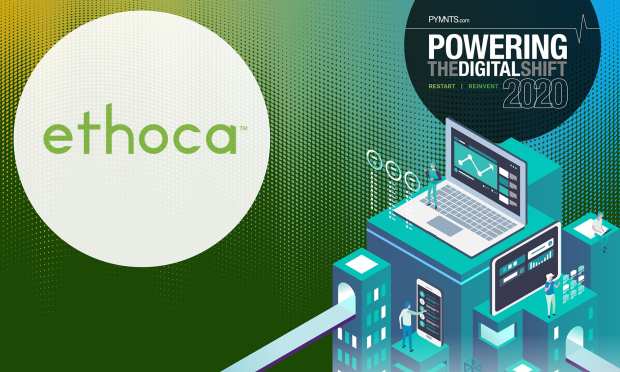As Digital Purchases Grow, So Too Does The Need For Clarity

“When customers are given clarifying purchase details by the card issuer, customer confusion is eliminated, and they avoid pursuing unnecessary claims 65 percent of the time.”
Transparency and control are fundamental to building consumer trust in digital payments. That’s just how it is now. “This growing need for clarity and a better post-transaction customer experience goes beyond digital purchases made through a mobile device, desktop or in-person,” said Andre Edelbrock, CEO of Ethoca. “As connected devices and the Internet of Things continue to advance, there will be an even greater need for consumers to quickly determine what was purchased, so they can distinguish between what’s fraudulent and what’s legitimate.”
The following is an excerpt from How 35 Execs Are Powering The Great Digital Shift Of 2020 (And Beyond), contributed by Andre Edelbrock, CEO of Ethoca.
As individuals, families and businesses do their best to adjust to a world with COVID-19, one thing is for certain: We’re quickly adopting an increasingly digital lifestyle.
According to Mastercard’s SpendingPulse™, which tracks overall retail sales across all payment types, eCommerce in the U.S. in April and May made up 22 percent of all retail sales — up from 11 percent during the same timeframe in 2019. That means more money was spent online in the U.S. during that period than the last 12 Cyber Mondays combined.
For the brick-and-mortar environment, things are changing dramatically as well. Based on a Mastercard weekly survey launched on April 27, almost seven in 10 consumers say the shift to digital payments (such as contactless) will likely be permanent, and nearly half of consumers plan to use cash less — even after the pandemic subsides.
With this surge in digital activity comes the possibility of an increase in disputes, chargebacks and friendly fraud — which for some industries already reach upwards of 80 percent (source: Ethoca). The end result? A rise in poor customer experiences, increasing costs and lost sales. As for what’s driving this problem, one of the most common causes is transaction confusion.
‘I Didn’t Buy That … Did I?’
Cardholders reviewing online statements on their phones or desktops often have trouble deciphering the brief, unclear descriptions that accompany each purchase, or they mistake genuine transactions made by other members of their household for fraud. This uncertainty leads cardholders to contact their card issuer to dispute unrecognized transactions — unnecessarily, in many cases. The solution? Convenient access to greater purchase transparency.
Ethoca and Aite Group recently surveyed 1,000-plus U.S. consumers and found that even before the “new normal” set in, 72 percent engaged with their financial service providers’ website or mobile application at least once a month. Within those apps, 96 percent want solutions that make detailed transaction information available on demand. The most sought-after features were:
- A picture of the printed receipt
- The date and location of delivery for online purchases
- A full list of products purchased
- A link to refund and return details for the purchase
The good news is that these solutions are available now, and are already generating positive results. A merchant interviewed by Aite Group said that when their customers are given clarifying purchase details by the card issuer, customer confusion is eliminated, and they avoid pursuing unnecessary claims 65 percent of the time. As for issuers, digital receipt services have been shown to reduce inbound transaction inquiries from cardholders by 15 to 30 percent (source: Ethoca). That’s a win for issuers, merchants, customers and commerce.
This growing need for clarity and a better post-transaction customer experience goes beyond digital purchases made through a mobile device, desktop or in-person. As connected devices and the Internet of Things continue to advance, there will be an even greater need for consumers to quickly determine what was purchased, so they can distinguish between what’s fraudulent and what’s legitimate.
2020 has been a year of change and uncertainty. At Ethoca and Mastercard, we believe that providing on-the-go and on-demand clarity into what consumers have purchased will deliver a little peace of mind — something we all need these days.
Read more executives’ insights on the COVID-19 crisis in How 35 Execs Are Powering The Great Digital Shift Of 2020 (And Beyond).
